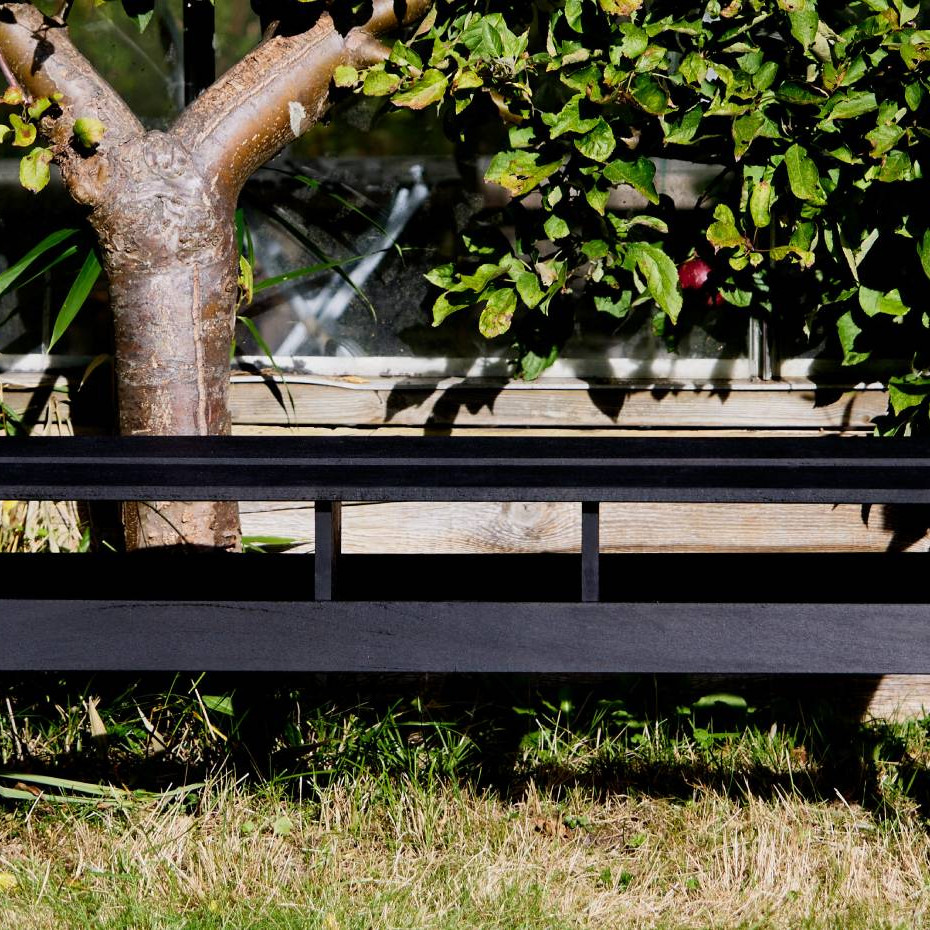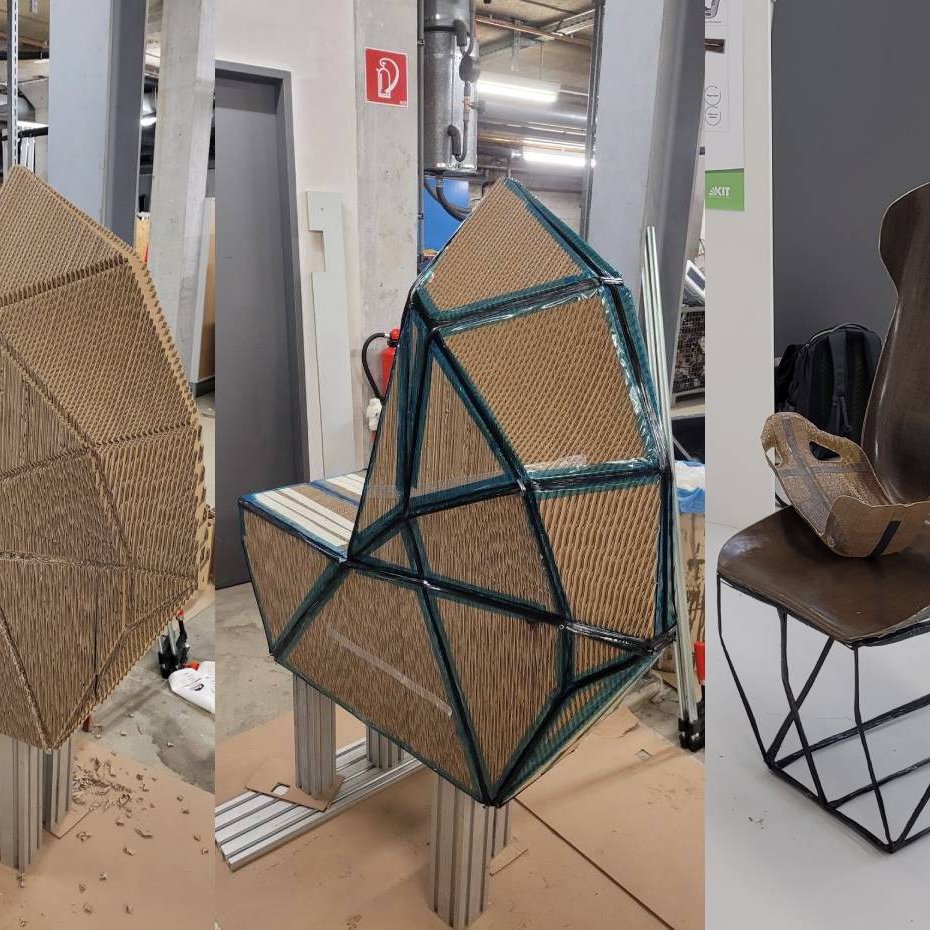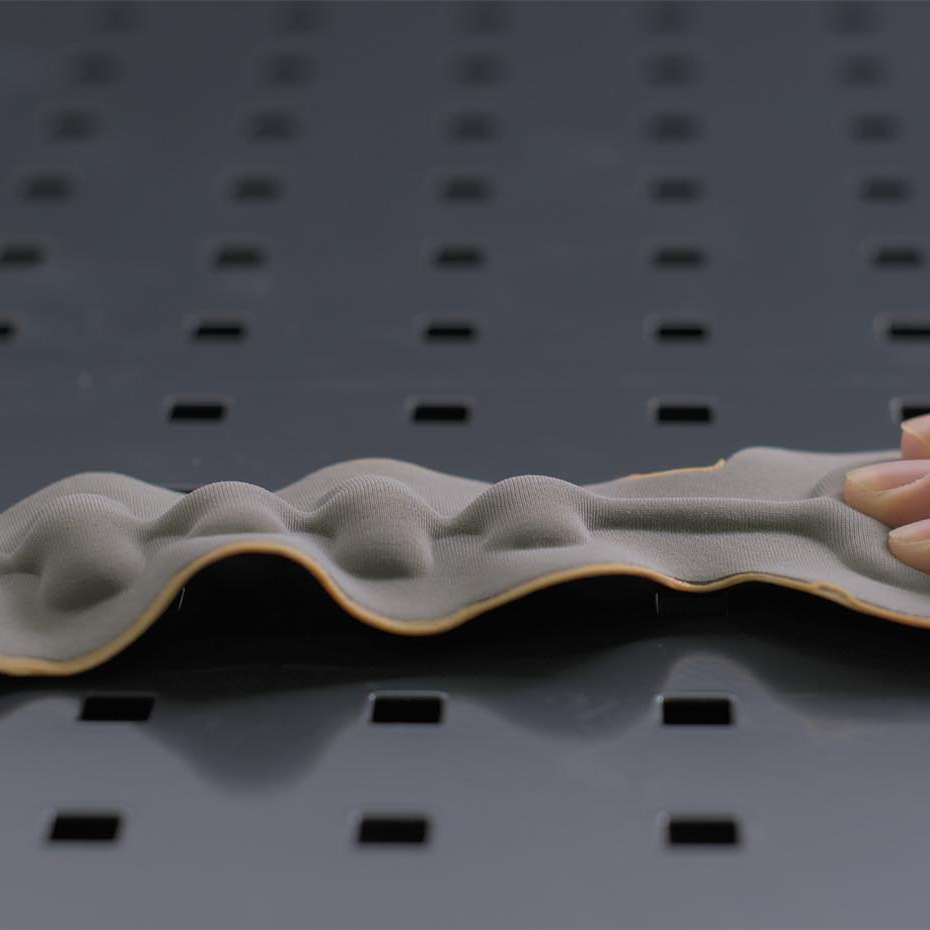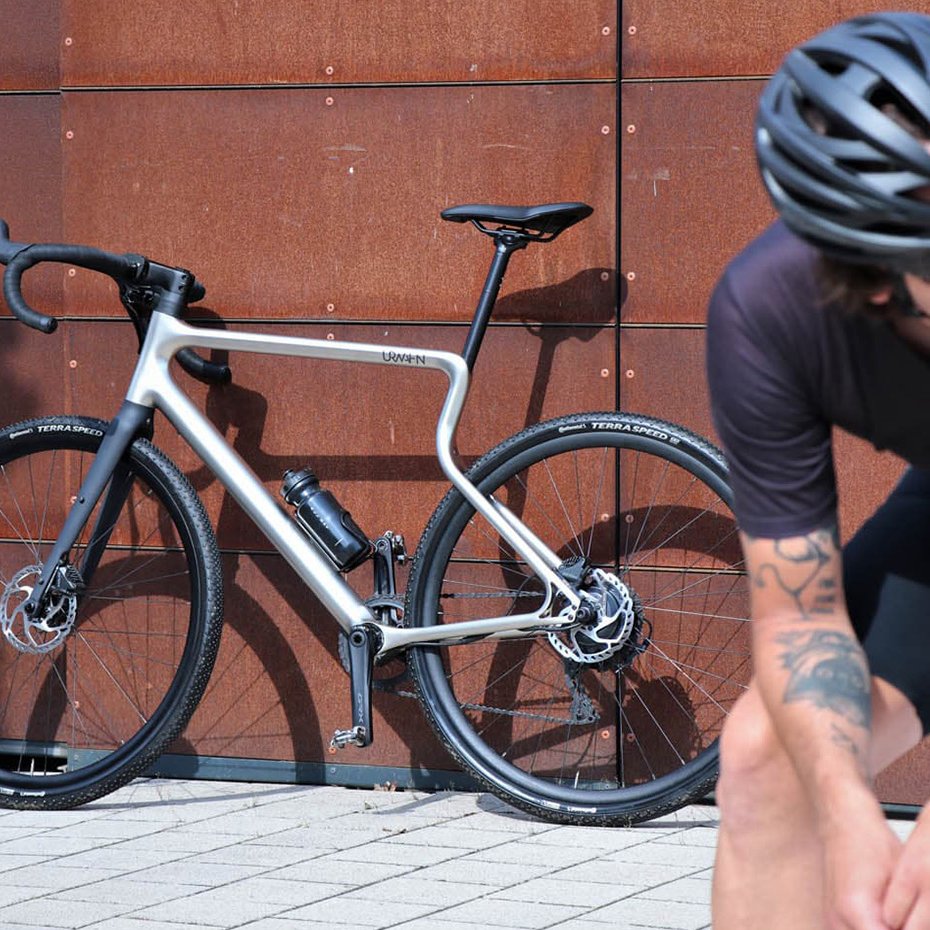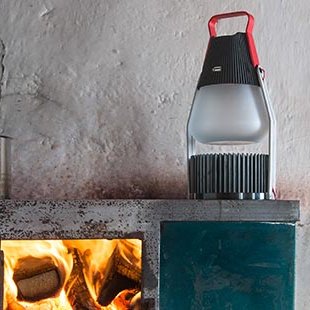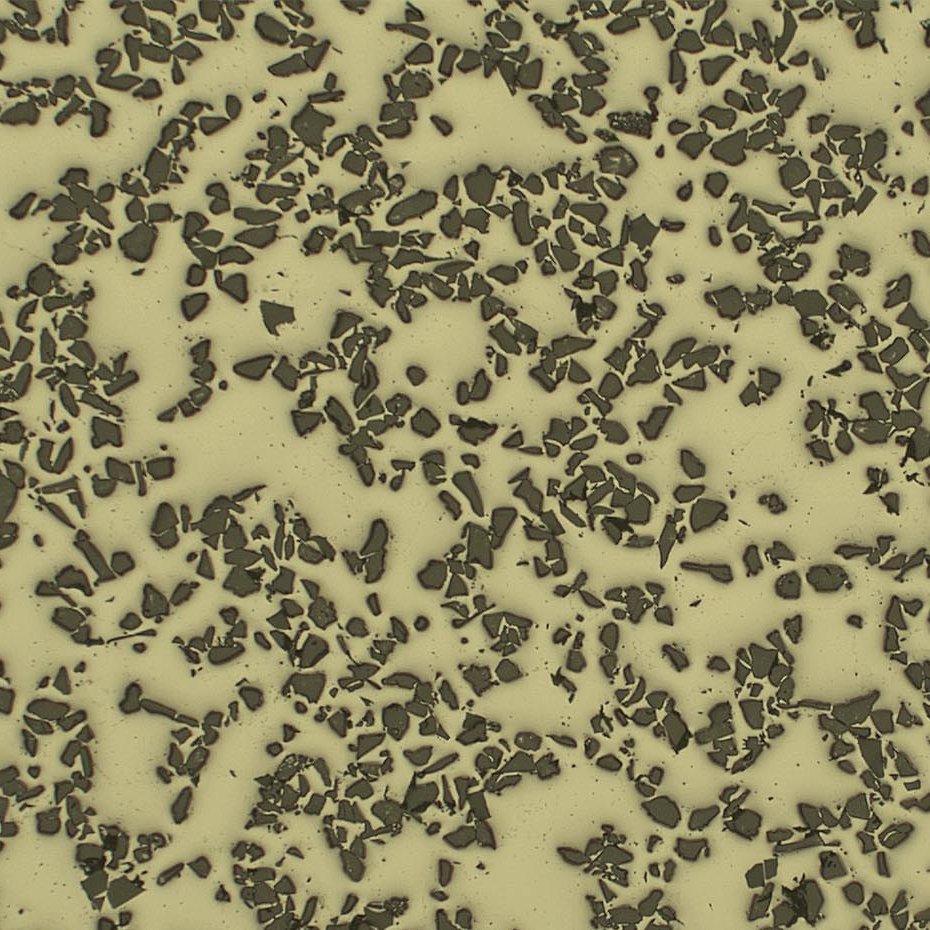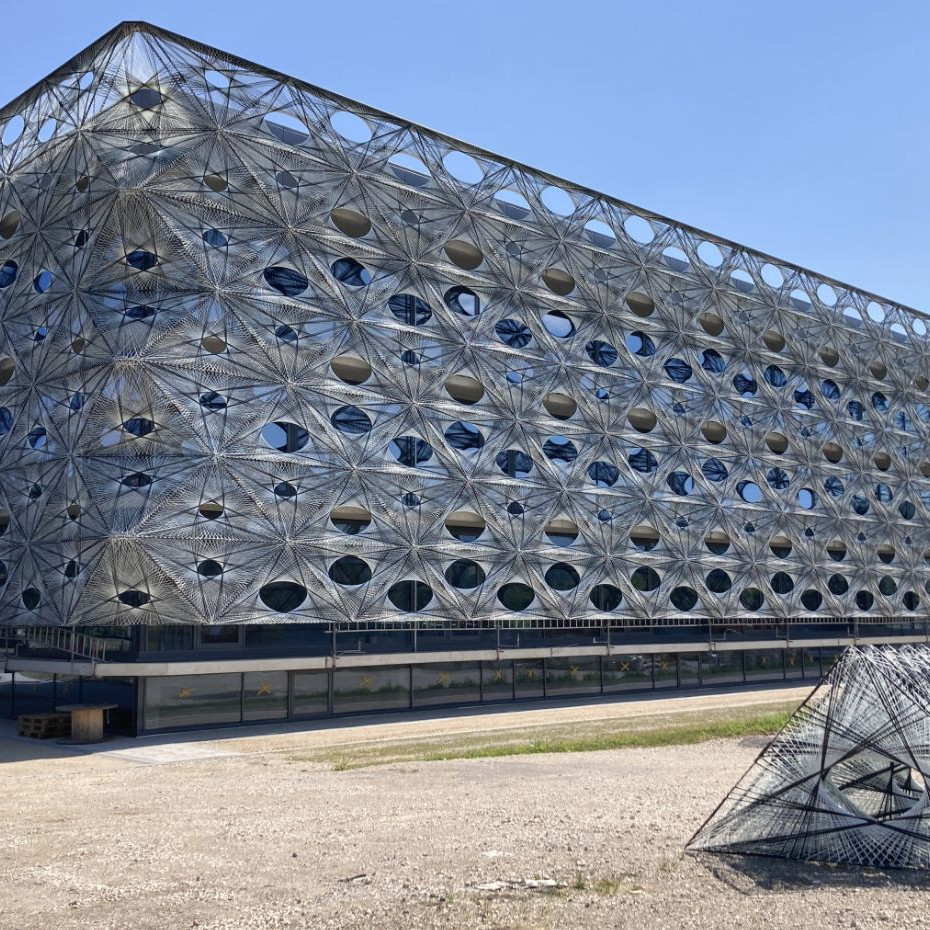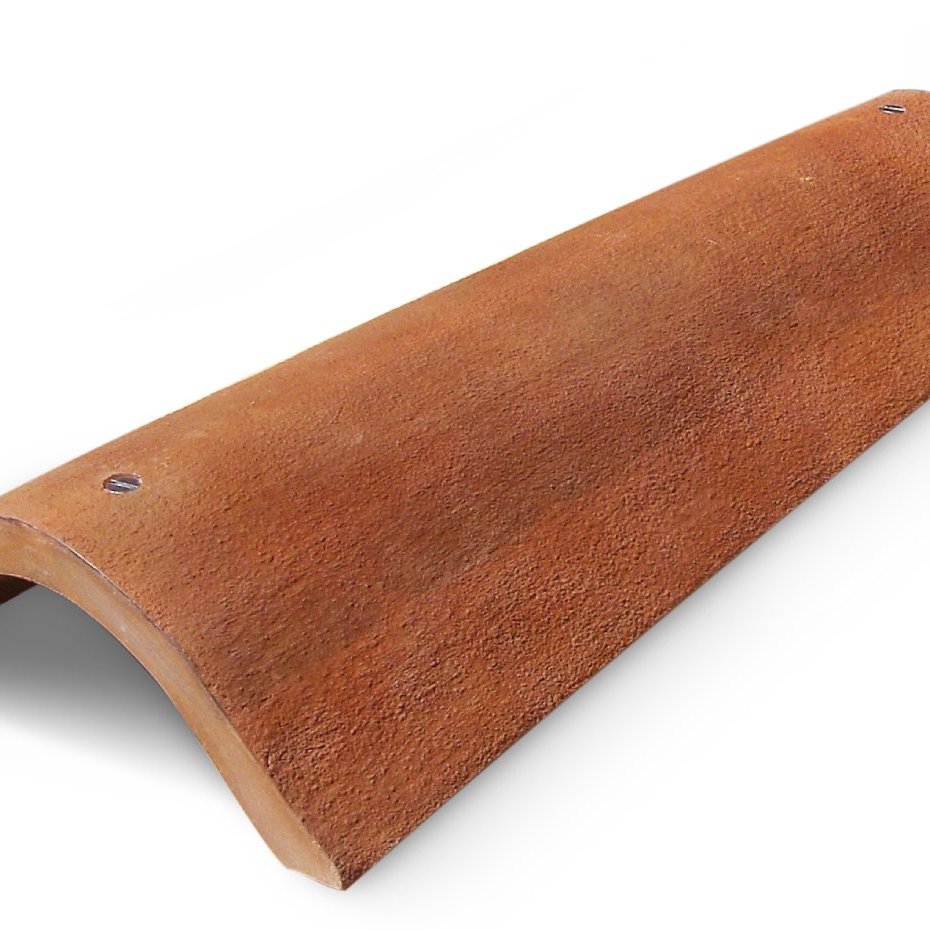InMold-Technologies
InMold Decoration
form 227
July/August 2009
publisher
Birkhäuser (Basel)

In the mid-1980s the production of plastic components with special decor was revolutionized through the possibility of injection molding on foils. Today, InMold techniques are also applied to components with a wood or metal surface.
The InMold procedure – the best known application of which is InMold decoration – was developed by Leonhard Kurz GmbH. First of all a printed image label is fed into the injection molding tool on a film strip, then hardened plastic is injected behind the foil at a very high pressure. The foil separates from its carrier, is pressed against the shaping wall and thus molded into shape. InMold labeling refers to a procedure whereby flat foil pieces are individually inserted into the tool for rear injection molding. Furthermore, if semi-finished components are firstly punched from polymer or metallic foil materials and pre-formed before they are rear molded with plastic, the technique is known as foil insert molding.
InMold techniques have proven useful predominantly in the field of automotive engineering and in the production of decorative form components for displays and electronic devices. Today, the technique of rear molding pre-formed foil elements has been advanced to such a degree that it finds application even in the production of decorative vehicle glazing made of polycarbonate (Sabic innovative plastics).
Designers benefit particularly from the wide range of materials now available for rear molding with plastic. Under the foliowood brand, Helmbrechts offers raw veneers which, in combination with a PC foil, produce plastic components that have a genuine wood finish. For partial chrome plating of plastic surfaces, foils that can be galvanized and are suitable for rear molding with a non-coatable plastic (folioplate) are also on offer. In the galvanic bath, the metal attaches itself only to the foil and the rest of the part body remains free. The technique of foil insert molding can also be applied to plastic components to produce a metal finish of aluminum or stainless steel. Not only do these components have the desired metallic look, their authentic metallic feel is also cool to the touch. Rear molded metal foils also find application beyond the automotive area – namely in electronic devices and the sanitary industry.
The Inotec RFID InMold Label combines the advantages provided by bar code and RF identification for use in transport and storage containers in the field of fresh food, thereby greatly simplifying control options in grocery logistics. At any rate, rear injection molding technologies are now so far advanced that they have also become interesting for other innovation fields, such as polymer electronics, for example. Among other things, the Institut e of Materials Technology and Plastics Processing in Rapperswil is currently researching further application possibilities for this technology.
www.kurz.de
www.helmbrechts.de
www.sabic-ip.com
www.inotec.de
www.iwk.hsr.ch
image source: Kurz
Ecoblaq molecular wood colours
23 March 2024
Ecoblaq is a molecule manipulation method, a natural chemical reaction, making…
Natural fiber reinforced car seat
22 October 2023
The focus of the project "Design for Recycling" is a seat shell that is made…
MotorSkins morphing textiles
19 April 2022
Berlin based start-up MotorSkins designs and produces textiles with embedded…
3D Pioneers Challenge 2022
15 December 2021
The 3D Pioneers Challenge 2022 adresses tech pioneers who pave the way for…
IGNIS – Light from waste heat energy
12 August 2020
The availability of affordable, independent and, above all, clean electrical…
Brake disc with reduced fine dust
21 April 2021
Fine dust endangers our health. One of the main sources is traffic, especially…
Texoversum
15 July 2023
With the "Texoversum", Reutlingen University has put into operation a training…
Invisible Terracotta Solar Rooftile
10 May 2023
The family-run business Dyaqua has developed a technology to integrate a…
Xarvio – Digital Farming
8 January 2021
BASF Digital Farming GmbH has received the renowned Crop Science Award for the…
